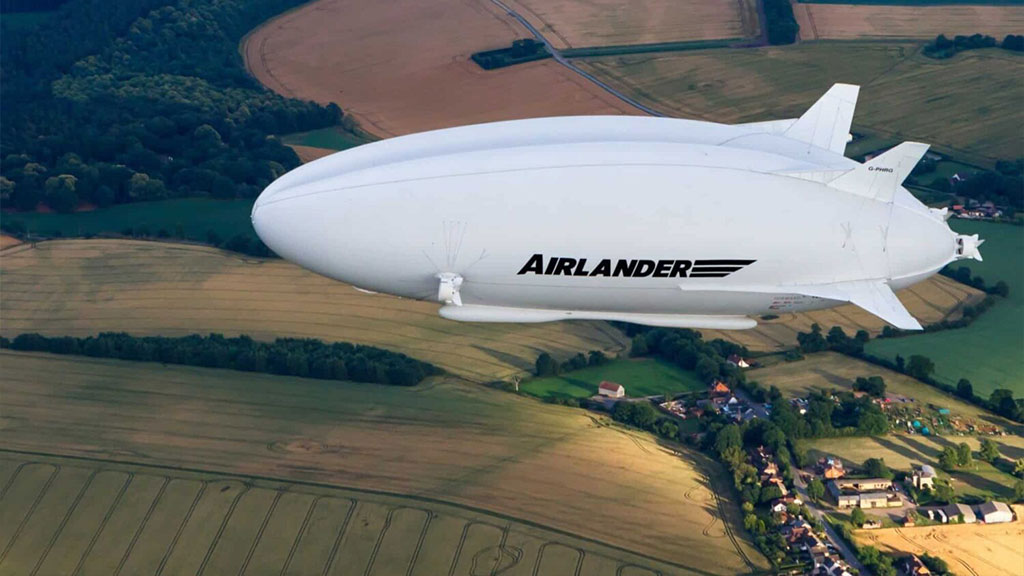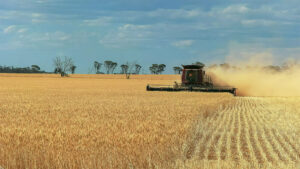Freight is an expensive consideration for farmers getting their produce to market. It accounts for about 27% of the cost of wheat in Australia. Road, sea and freight costs are increasing, driven mostly by the price of fuel.
Naturally, this has prompted many to develop alternatives to traditional modes of transport.
Future alternatives to diesel-powered long-distance trucks include electric and hydrogen fuel cell vehicles.
Adoption of battery power for long distance transport has been hampered by the relatively low range of a battery charge. Recent advancements in battery technology, particularly in energy density and charging times, are making them increasingly viable for long-haul transport. Volvo’s FH trucks currently have a range of 300 kms – not ideal in a country as big as Australia. However, Volvo has announced a version with double that range.
Hydrogen is emerging as a viable alternative. Hydrogen engines offer long ranges and fast refuelling, making them suitable for long-haul applications where battery range may be a limitation. Volkswagen is one manufacturer exploring the use of hydrogen in commercial vehicles. In the near future, we could see hydrogen engines in Volkswagen-owned truck brands like Scania, MAN and International.
autonomous vehicles, and exploring options like barge and rail transport. Battery technology advancements and hydrogen infrastructure development are key factors in enabling these alternatives.
Another way to reduce the cost of road transport is to remove the expense of a driver, with autonomous vehicles. Self-driving trucks equipped with advanced sensors and AI have the potential to improve safety, efficiency, and productivity. That’s the goal. However, frequently reported accidents involving autonomous cars indicate that this is a long way from being viable.
Trains have long been a common means to transport grains from growing regions to bulk storage facilities and to ports for export. Train networks are old. Outdated infrastructure can hinder the efficiency of regional freight movements.
Dramatic improvements in speed, efficiency and cost are difficult. Some countries are adapting the technology used in high-speed passenger trains to freight trains. In Australia, high-speed tracks are likely to be limited to travel between major cities. As such, they’re unlikely to be useful for remote farmers.
Air freight is a popular way to get fresh produce to distant markets. Toowoomba Wellcamp Airport was constructed especially for freight. A massive new cargo terminal has attracted many international freight carriers. There’s no doubt that this helps Australia’s farmers get fresh produce to markets like China. There’s still the problem of getting produce to Toowoomba, and still a reliance on traditional road freight.
Possible future changes might include new regional freighters utilising advancements in aircraft technology, automation, and sustainable practices. Narrowbody aircraft are expected to play a key role in short to medium-haul operations due to their agility and cost-effectiveness. Additionally, autonomous eVTOL (electric vertical take-off and landing) aircraft are emerging as a potential solution for same-day delivery, offering a faster and potentially more sustainable alternative to traditional trucking.
Older aircraft are being replaced with newer, more fuel-efficient models like the Cessna SkyCourier, which can serve a new market segment and reduce operating costs.
Another old technology being touted as a solution for the future is the airship. They offer unique advantages over planes and trucks, such as low carbon emissions, the ability to load and unload cargo while hovering, and requiring minimal infrastructure.
One airship in development is the Airlander 50, which will have the capacity to carry a payload of 50 tonnes, similar to a long-distance grain truck. The ability to land almost anywhere – literally at the farm gate – and fly faster and more directly to their destination could be attractive to food producers.
Digital technology will also help advance freight transport. AI and data analytics can optimise flight routes, predict maintenance needs, and improve fuel consumption and overall operational efficiency.
By embracing digital platforms for freight management, tracking, and communication, freight companies can streamline operations and improve transparency.
Time will tell which of these alternatives gets traction. One thing’s for certain. Change must happen.
The continued growth of e-commerce is driving demand for faster and more reliable delivery services, including regional freight.
To accommodate population growth, there is a growing need to connect regional areas with major hubs, requiring efficient and cost-effective regional freight solutions.
Disruptions to global supply chains are highlighting the importance of regional networks and the need for resilient logistics solutions.
In addition to these points, regional freight also faces challenges:
While they may not replace large-scale air travel, they offer unique advantages like low carbon emissions, the ability to load and unload cargo while hovering, and requiring minimal infrastructure.
From IIF’s beginning, we’ve been drawn to innovators, especially producers introducing new foods or new techniques for producing existing foods. With pressure on farm profitability, anything that helps farmers get their produce to market faster and more efficiently is critical.
If you’re not an IIF member, you can read about the benefits here.
IMAGE CREDIT – Airlander 10 image from UK manufacturer HAV




